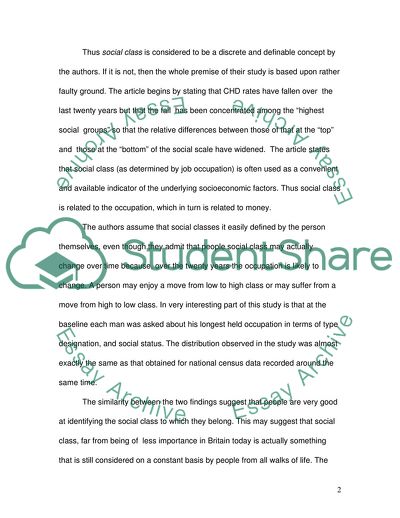Cite this document
(The Classic Divisions between Upper Middle and Lower Class Term Paper, n.d.)
The Classic Divisions between Upper Middle and Lower Class Term Paper. Retrieved from https://studentshare.org/sociology/1704331-assess-three-key-approachers-to-social-class-in-contemporary-britain
The Classic Divisions between Upper Middle and Lower Class Term Paper. Retrieved from https://studentshare.org/sociology/1704331-assess-three-key-approachers-to-social-class-in-contemporary-britain
(The Classic Divisions Between Upper Middle and Lower Class Term Paper)
The Classic Divisions Between Upper Middle and Lower Class Term Paper. https://studentshare.org/sociology/1704331-assess-three-key-approachers-to-social-class-in-contemporary-britain.
The Classic Divisions Between Upper Middle and Lower Class Term Paper. https://studentshare.org/sociology/1704331-assess-three-key-approachers-to-social-class-in-contemporary-britain.
“The Classic Divisions Between Upper Middle and Lower Class Term Paper”. https://studentshare.org/sociology/1704331-assess-three-key-approachers-to-social-class-in-contemporary-britain.


